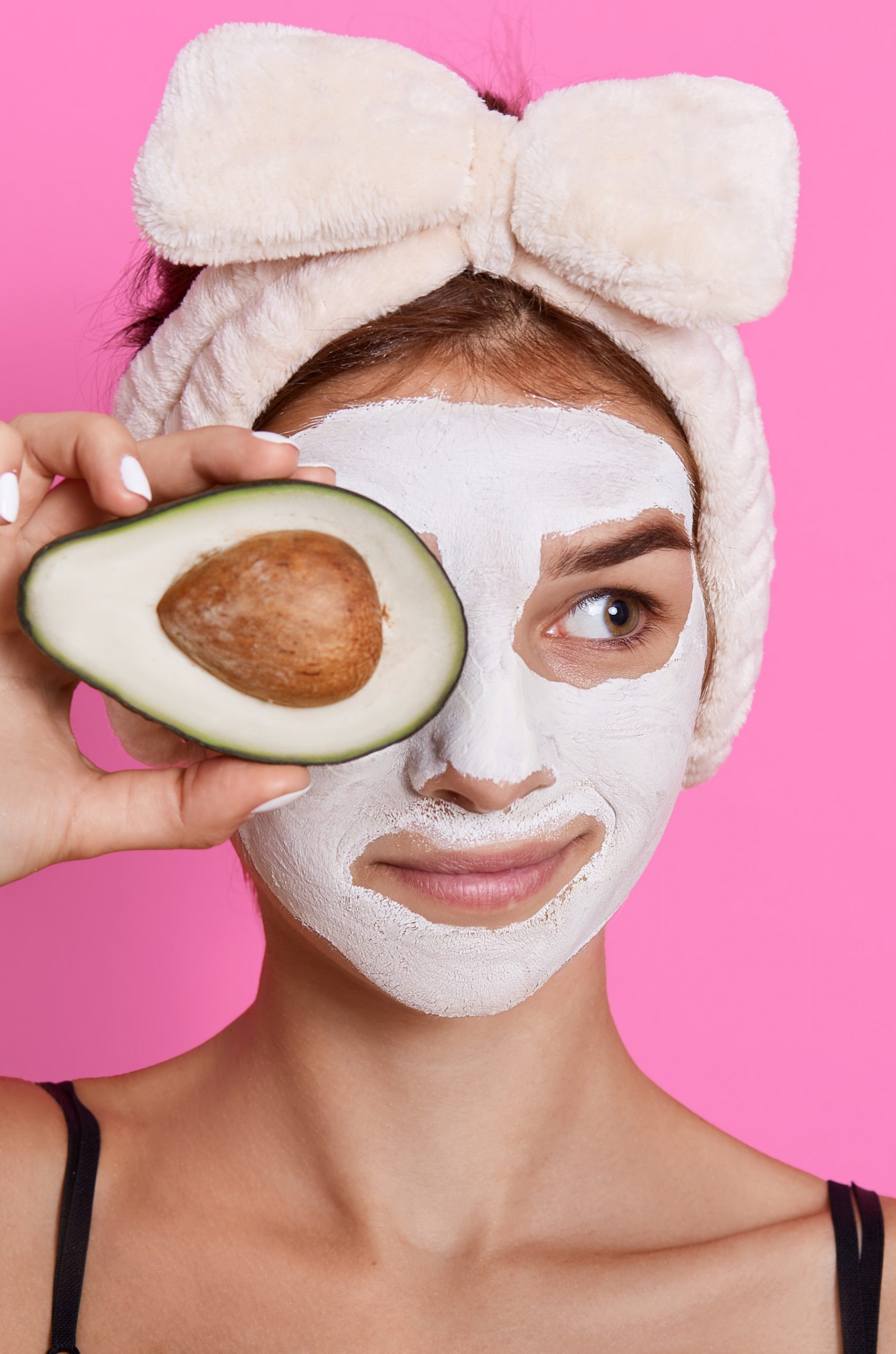Relationship 95% of the vitamin D required for the body is taken from the ultraviolet rays in the sun and the rest from food.
How should we use it?
- Vitamin D is a vitamin stored in the body. “Vitamin D supplements should be used with the recommendation of the doctor, not randomly.
When should we use it?
- No matter how much you consume foods containing vitamin D, you can meet at most 20 percent of your daily need. For the rest, your skin must meet sunlight.
From May to November, between 11.00 and 15.00 o’clock, both knees and both arms must be exposed to the sun, bare and without protection factor; However, if you are going to stay in the sun for a longer period of time, you should definitely use protective.
- Vitamin D plays an important role in the protection and rejuvenation of skin health.
- It contributes to the growth and repair of skin cells.
- It strengthens the immune system of the skin and helps to eliminate free radicals that can cause premature aging.
- Studies show that there is a relationship between vitamin D and acne and acne. Acne and acne can be an indicator of vitamin D deficiency.
- Vitamin D repairs skin damage, prevents infections that can result from skin injuries and rejuvenates the skin.
- Vitamin D3 contains powerful anti-inflammatory properties that are effective in the treatment of burns, skin injuries, skin damage and stretch marks. That’s why vitamin D is added to creams and lotions.
Beware of excess weight!
- Fatty fish such as salmon, sardines, tuna, mackerel
- Mushrooms that emerged spontaneously in the soil and were exposed to sunlight. Cultured mushrooms do not contain vitamin D.
- Red meat
- Liver
- Egg
- Milk and dairy products
- Fish oil
- Cereals





